This past term, the course I taught was titled "Introduction to Literary Analysis". It's the one specific course that is required for all English majors, and it's also available as a general education credit for any other undergraduates. Its purpose is similar to that of any Introduction to Literature class, though at UNH it really has one primary purpose: help students strengthen their close reading skills with fiction, poetry, drama, and nonfiction. (We're required to include all four, though the nonfiction part can be smaller than the others.)
Next term, I'm teaching an American lit survey (1865-present) and have decided to focus it on the question of canonicity. So, for instance, we'll be using the appropriate volumes of The Norton Anthology of American Literature as a core text, but not just to read the selections; instead, we'll also be looking at the book itself as an anthology: what the editors choose to include and not, how the selections are arranged and presented, etc. We'll also be reading a few other things to mess up the students' ideas of "American" and "literature". For instance, I'm pairing The Red Badge of Courage (Norton Critical Edition) with A Princess of Mars (and Junot Díaz's excellent introduction to the Library of America edition). And then Octavia Butler's Wild Seed to make it even messier and more productive.
And so it was with special interest that I read two essays this morning in the Chronicle of Higher Education: "The New Modesty in Literary Criticism" by Jeffrey J. Williams and "What We Lose If We Lose the Canon" by Arthur Krystal. The Williams seems to me about as good an overview as you could do in a short space; the Krystal seems to have been beamed in from 1982.
The Krystal essay is not really worth reading, especially if you've ever read a "Keep Shakespeare on the syllabus, you philistines!" essay before. But let's, for the fun of shooting fish in a sardine can, respond to a few of his assertions:
Starting from the premise that aesthetics were just another social construct rather than a product of universal principles, postmodernist thinkers succeeded in toppling hierarchies and nullifying the literary canon. Indeed, they were so good at unearthing the socioeconomic considerations behind canon formation that even unapologetic highbrows had to wonder if they hadn’t been bamboozled by Arnoldian acolytes and eloquent ideologues.Oh please.
That heretofore inviolable ideal of art, as expostulated by Walter Pater and John Ruskin, by T.S. Eliot and Lionel Trilling, by the New Criticism, was shunted aside; and those emblematic qualities of modernist works—obliqueness, lyricism, dissonance, ambiguity—were relegated to a hubristic past. Although many former canonical authors continue to be taught in universities, so are many popular, commercial, and genre writers. As long as a writer accumulates sufficient readers and a decent press, respect surely follows. Any reason that George R.R. Martin shouldn’t have parity with William Faulkner? Is Maya Angelou really less important than Emily Dickinson?
If aesthetic ideas are not social constructs, then they are some sort of natural phenomena, something somehow instinctive in the brain. Or otherwise they're the product of God's ethereal farts. Those are pretty much the options. Me, I'm sticking with social constructs, since that's easier to study, though I expect that certain elements of our brains — the elements that notice patterns — also affect how we respond to aesthetic forms and effects, and so it's probably more accurate to say that aesthetic ideas are a combination of the capacities of our perceptions plus the weight of cultural and social forces. (I'm an atheist, so the theological interpretation is not one I'm interested in, but it's certainly a venerable tradition, and we know Krystal and his ilk do love their venerable traditions, especially since there's no arguing with God. If God sez Shakespeare is great, then, by God, Shakespeare is great!)
For a far more interesting, informative, and useful discussion of canons, see Samuel Delany's Para Doxa interview in About Writing, "Inside and Outside the Canon". (And if that's not enough, see Katha Pollitt's classic essay, "Why We Read" in her book Reasonable Creatures.)
What Krystal is really writing about is pedagogy. He sees "the canon" (whatever that is) as the textbook list. His view of the purpose of literature courses is an extremely narrow one: students should study the greatest of human cultural artifacts. To be "taught in universities" therefore means to be Respected, to be The Greatest.
There may be people who use pop culture in their courses who see that material as, indeed, The Greatest. (And this is ignoring the fact that yesterday's popcult is not prevented from being today's cult, even among the cultiest of cultmeisters — to offer the most obvious, clichéd examples: Shakespeare and Dickens.) Krystal imagines a contradiction where there isn't one: "Although many former canonical authors continue to be taught in universities, so are many popular, commercial, and genre writers." The two parts of that sentence are only at odds if you think the sole legitimate purpose of university teaching is to impart knowledge of The Greatest Works of Literature to students.
And yes, at times our courses should be about the works that have been most lauded over time, and not just because it's interesting to study the history of cultural constructions. Studying complex, old lit with people who've devoted their lives to it is one of the great privileges of a good education. But it's not the only reason to study something in a class.
I'm putting A Princess of Mars alongside The Red Badge of Courage not because I think Burroughs is as great a writer as Crane. In most of the ways we speak of a writer being "great", Burroughs is really really really not. And yet there is a lot about Burroughs, and particularly his first few novels, that makes him well worth academic attention. (Junot Díaz makes the case far better than I can in his intro.) What I want my students to see through the comparison of both books is the way that considering their canonicity — Crane's within "American Literature", Burroughs's within "Popular Culture" — can tell us something about both books and about the cultural discourses that shape our perceptions and values. I'm not even entirely sure what those lessons will be, because I prefer not to be settled in all of my ideas before I begin a class, because for me a good class discussion is one that produces ideas we didn't have before that discussion.
Krystal also works from an assumption that what he feels as a deep aesthetic experience is lesser in people who read, for instance, George R.R. Martin. This is a common assumption, but it's one I've become skeptical of. I'm skeptical first because it's not something that can be proved or disproved, and so it is a self-serving opinion. If you argue that your engagement with the Twilight novels provides you with an emotionally complex and intellectually engaging experience, it is difficult for me to say that my emotionally complex and intellectually engaging experience with Anna Karenina is greater than yours. If you're out there writing Twilight fanfic, it's entirely possible that your engagement with Twilight is actually deeper than mine with Anna Karenina.
This is basic reader-response theory. The text itself doesn't matter; what matters is the effect on the reader. Arthur Krystal may find such an idea horrifying, but it's not so different from what he's claiming for the books he values — that they produce a deeper, more satisfying, more educative effect than the books he doesn't value. But that has far less to do with the book than with the reader. What he's saying is that one reader's deep, satisfying experience of a book is deeper and more satisfying than another reader's. And the first reader in this equation is him. How convenient!
Krystal writes:
I’m not suggesting that one can’t fully enjoy James Crumley, James Lee Burke, Robert Heinlein, Philip K. Dick, and Orson Scott Card, but I’m not sure one can love them in the way that one loves Shakespeare, Keats, Chekhov, and Joyce. One can be a fan of Agatha Christie, but one can’t really be a fan of George Eliot.There's a lot wrong with that paragraph. First, Krystal's lack of reading ability with popular lit is evident in his grouping a bunch of very dissimilar writers together and his assumption that "one can love them" in a single way and that that single way is different from the single way one loves Shakespeare et al. Second, there's the idea that being a fan is somehow different from the way that one loves Shakespeare et al. The error of that sentence would be clearer if Krystal had used not Agatha Christie but rather Jane Austen, who is not only highly canonical, but whose fans are legion, including countless fanfic writers. (Fandom's attraction to Austen rather than Eliot would be an interesting study.) It's interesting, too, the way he uses emotional language: one can, he suggests, fully enjoy [popular writers], but one loves Shakespeare et al. Elsewhere in the essay he makes the argument for big ideas and human nature and yadda yadda yadda, but it seems to me that it is here that Krystal reveals what matters most to him, which is a depth of feeling, a depth of engagement with the text — the sense of having one's world and knowledge and self expand via reading.
And yes I say yes! That's what lots of us love when reading. I just don't think the text matters as much as the reader.
As someone who, indeed, loves much of Philip K. Dick (and Shakespeare, Chekhov, and Joyce. Keats not so much), I'm not sure that I, for one, do love his best work differently from that of Shakespeare et al. I feel like I love them all very specifically — that is to say, it's true that I do not love PKD in the way I love Shakespeare; but it's true that I do not love Chekhov in the way I love Shakespeare or the way I love Joyce (well, pre-Finnegans Wake Joyce. The Wake keeps defeating me). The way that I love PKD differently from the others is not, though, part of a separate category. Further, I would say I dislike Keats in a similar way that I dislike Heinlein: their words, ideas, structures, etc. do not hold my interest, and while in both cases I can in a certain intellectual way appreciate some of what they're up to, that knowledge does not convert into the affect of literary love.
I said above that Krystal's argument is a self-serving opinion. It is self-serving because he is arguing that his way of reading, his way of teaching, his way of learning, his way of valuing is The Way. If he were arguing against his own practices and prejudices, it would be much more interesting. If, for instance, he were to say, "I'm a terrible reader because I didn't get enough training in The Canon during my college years," or if he were to say, "I wish I could get some sort of emotional and intellectual experience from great literature, but I can't, and I feel that that is a personal failing, something that holds me back from a full enjoyment of life," then perhaps we could take his argument more seriously. (This is why perhaps my favorite piece of writing on The Canon is Wallace Shawn's play The Designated Mourner.)
The limitations of Krystal's view of literary study are brought into even sharper relief by reading Jeffrey J. Williams's survey of recent approaches. It's not complete by any means — it's a quick & dirty look at a few approaches, and leaves out many that are at least as popular among scholars as the ones he cites (among my compatriots, animal studies and trauma studies are the biggies). I think Williams is right that in some ways the recent approaches look back toward approaches that were common before the Age of Theory — back toward philology, toward literary history — but that's a consequence of the realization that there is no One True Way. Literary analysis is not a zero sum game. I have no animus, really, toward my friends who do animal studies and literature, or trauma theory and literature, even though these are not my ways. (I am, unsurprisingly, interested in the intersections of aesthetics and the world, in genres as sets of readerly expectations, etc.) I would never steer a student away from working with someone whose interest was in those areas. Students should experience lots of different ways of reading and lots of different ways of valuing what they read. They should take courses with curmudgeonly canon-fetishizing fuddyduddies like Arthur Krystal, just as they should take courses with pomo popcultists who "read" nothing but sitcoms.
What teaching the Intro to Lit Analysis course taught me is that students can be really smart about their own reading, but that they've also mostly been exposed only to very limited approaches in their secondary education. They cling to what they know, and what they know tends to be a very basic sort of New Criticism plus biography (anathema to the New Critics, but common to book reports, so students fall back on it). Our job, I think, is to show them how to do complex close readings, how to bring biography and history in as useful context rather than reductive readings. Exploring why "Sylvia Plath's 'Daddy' shows that she did not have a good relationship with her father" is a shallow thesis that reduces rather than expands our understanding of the poem can be mindblowing for students — and then we can talk about how knowledge of Plath's biography might be used to expand and deepen our understanding of her poetry, if that were an approach that interested us.
That, ultimately, is my test for critical approaches: Can we expand our understanding of, and our appreciation for, the text? Or are we limiting it, reducing it, simplifying it, turning it into something easily apprehended? If so, why bother?
Or, in other words: Yes, let's read Faulkner (he's my favorite American novelist; I'd never say no!). But I see nothing wrong with reading Faulkner alongside George R.R. Martin. We could learn a lot from that combination about how texts create worlds, about how separate books expand our imagining of characters, about how narrative forms develop our perceptions of characters and settings and histories. Who cares whether Faulkner is "better" than GRRM, or vice versa? (Me, I love Faulkner and find the Song of Ice and Fire books unreadable, so I'm not likely to teach such a course or write such a paper, but I'd love somebody else to do it!) What do such hierarchies get us? Literature isn't football, and we don't need fantasy leagues. We don't need lists of texts; we need to encourage varied ways of reading, and that includes reading against your own prejudices, your own knowledge, your own limitations. I am skeptical of students who don't want to read anything published before they were born, because they are limiting themselves just as Arthur Krystal is limiting himself by sticking to the canon of old white guys. If you've never worked hard to learn to appreciate an 18th Century British novel, you are a limited reader — but you are also a limited reader if you've never worked hard to appreciate a popular contemporary novel or two. This is one reason why I love David Foster Wallace's syllabus for a literary analysis class, where the texts included Jackie Collins’s Rock Star, Stephen King’s Carrie, Thomas Harris’s The Silence of the Lambs, and James Elroy’s The Big Nowhere, and he warned the students:
Don’t let any potential lightweightish-looking qualities of the texts delude you into thinking that this will be a blow-off-type class. These “popular” texts will end up being harder than more conventionally “literary” works to unpack and read critically.Arthur Krystal must fear getting an aneurysm when he looks at that syllabus, but if he were honest he'd admit that his grumpiness may be because that syllabus shows he's less of a reader than someone like DFW, someone deeply familiar with The Canon but not limited to it. Krystal should try to learn to read Philip K. Dick or one of the other writers he disparages — learn to read them in a thoughtful, appreciative way, not a dismissive one. He might actually learn something.







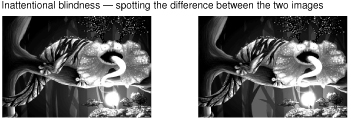
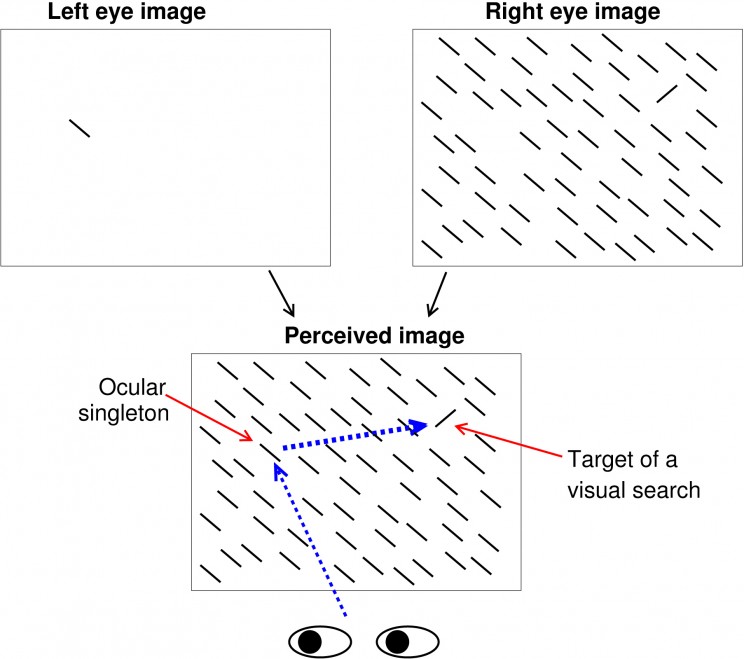
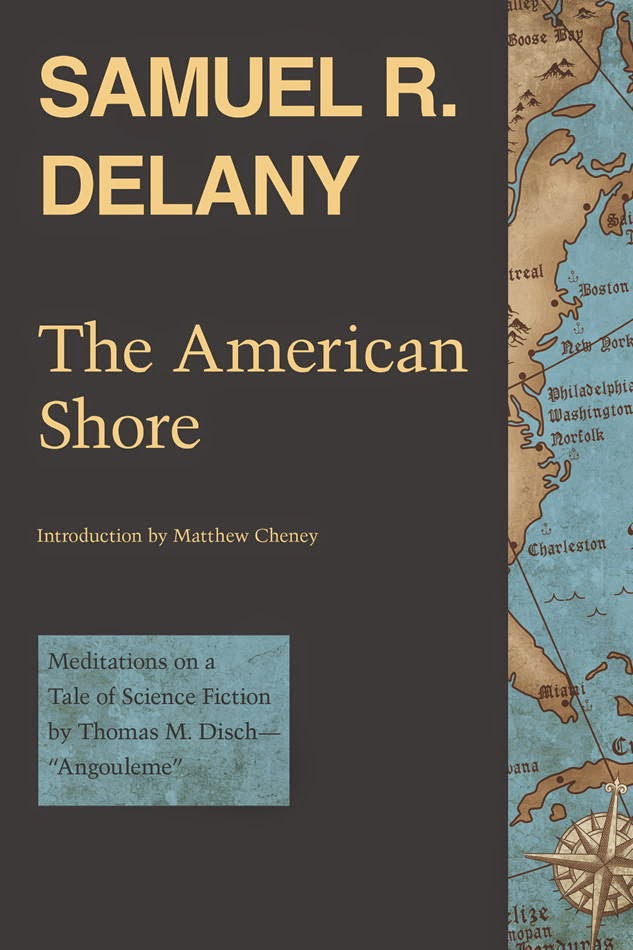
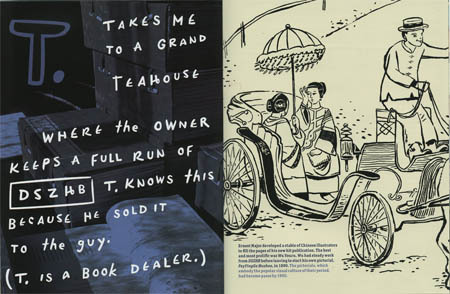


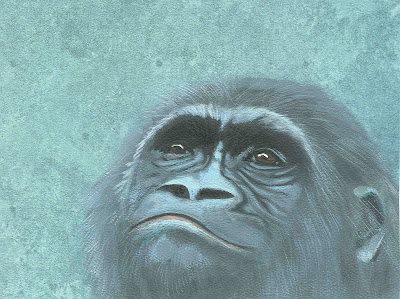
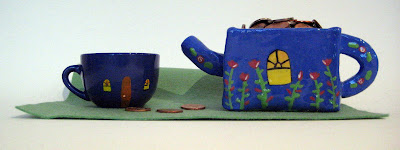
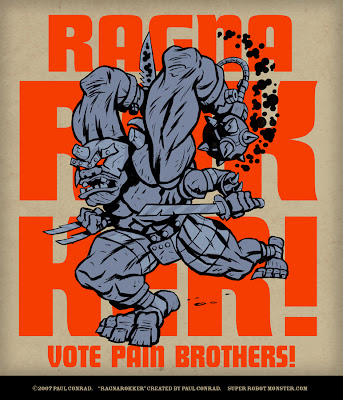
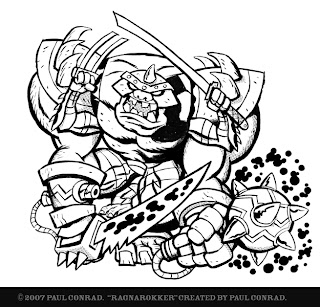
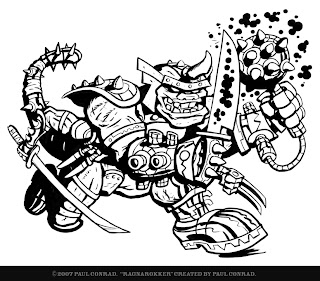

I've bee reading my way since I learned to read. I read the book once, going with the flow, and hoping the pace is not too slow. I do not worry if I think I have missed some deeper meaning or allusion. I try to finish the book(not Dickens or Tolstoy) in 2-3 days. Then after a day or so I re-read it and then try to be the ideal reader. This works for me.